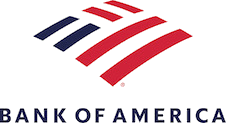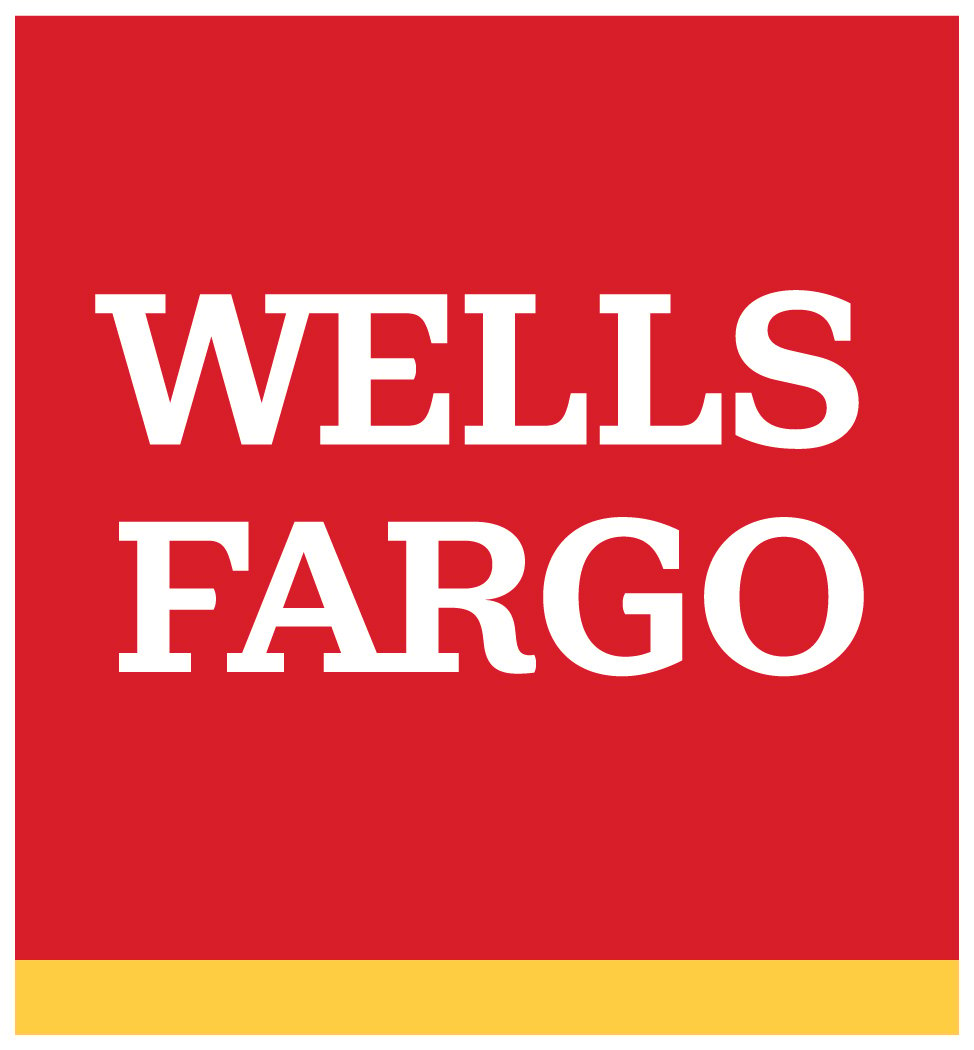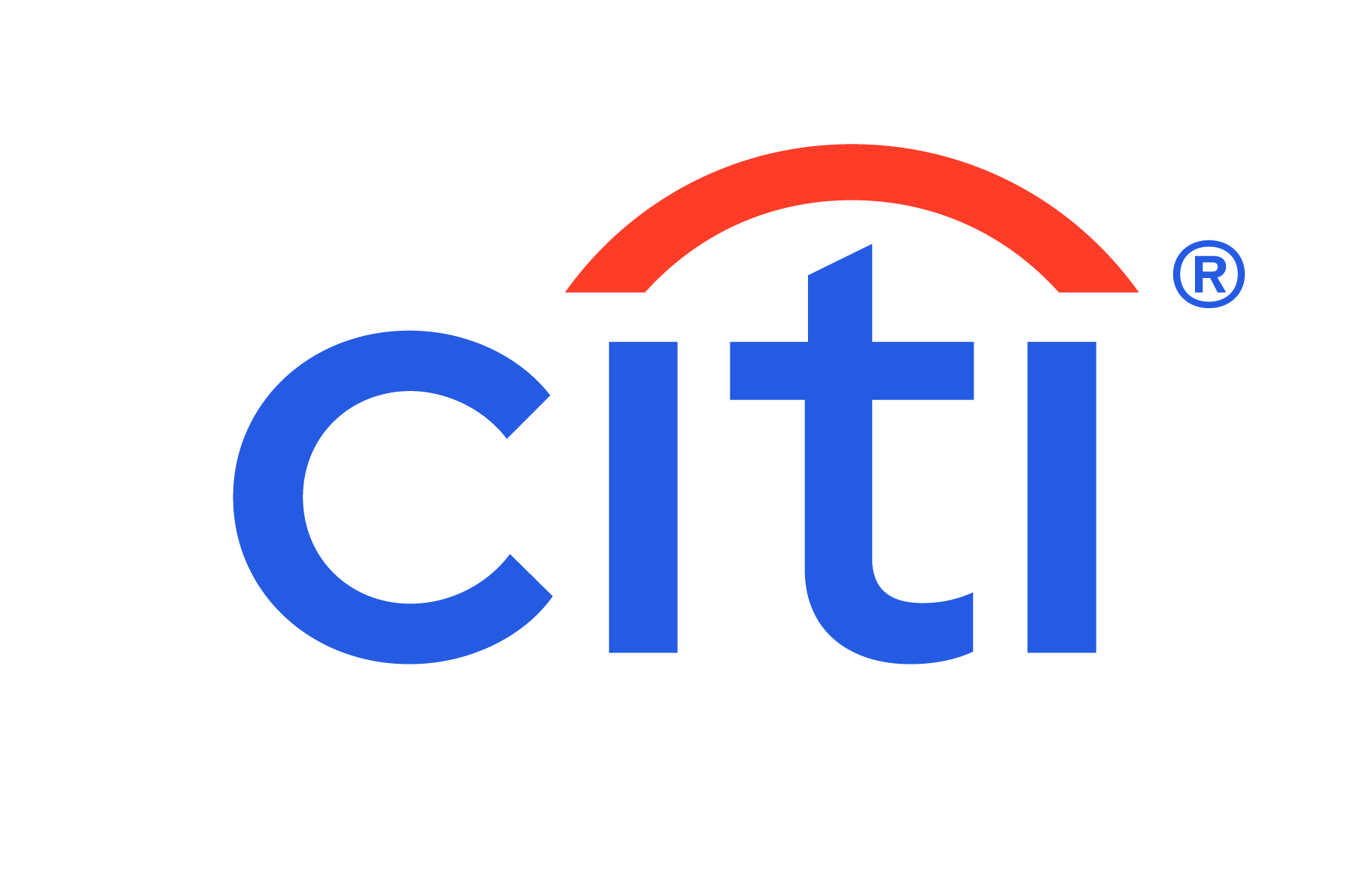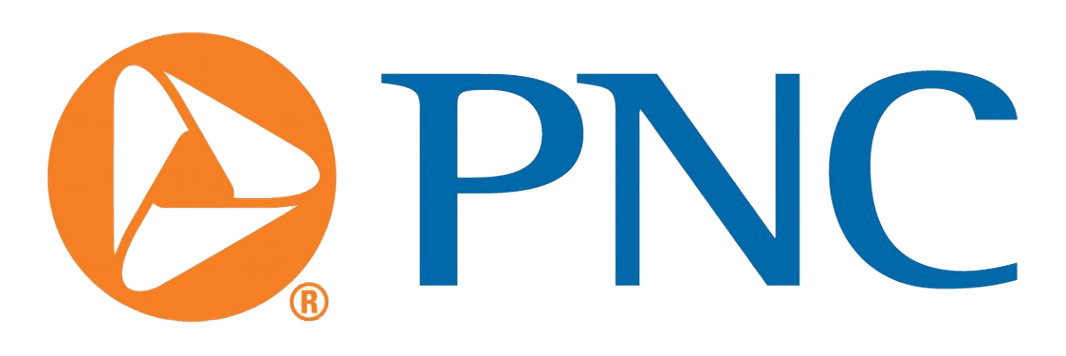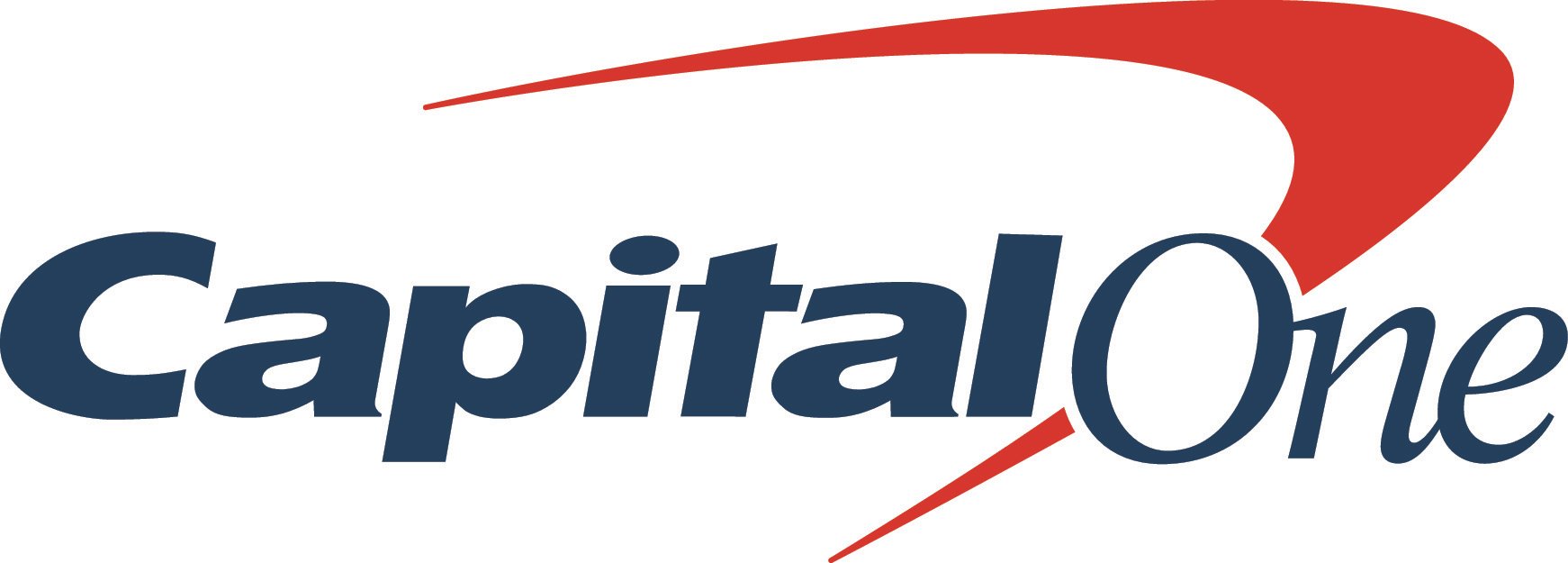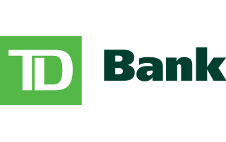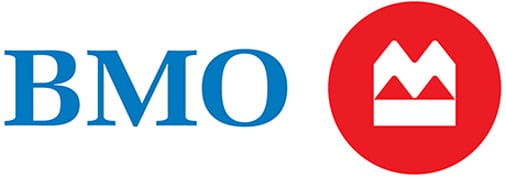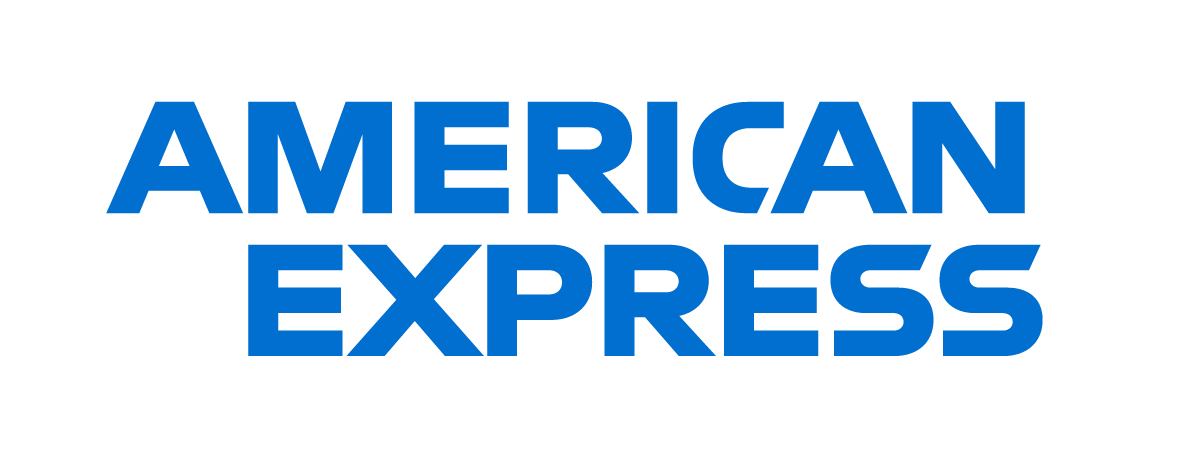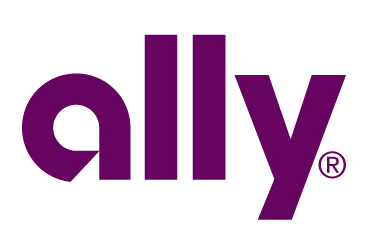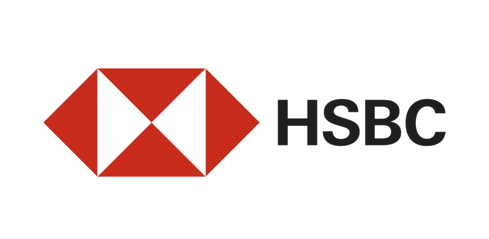20 Largest Banks in the U.S.

Many, or all, of the products featured on this page are from our advertising partners who compensate us when you take certain actions on our website or click to take an action on their website. However, this does not influence our evaluations. Our opinions are our own. Here is a list of our partners and here's how we make money.
Putting your money in one of the largest banks generally means you’ll have more access to in-person services at branches, a large ATM network, and a wide array of products and services, which can be convenient if you’re looking to do all of your banking in one place.
To find the largest banks in the U.S., we looked at domestic asset sizes of institutions that serve both consumers and small businesses. The list includes commercial banks for personal banking, rather than investment banks. A bank’s assets include, among other things, the amount of its loans, mortgages and credit card accounts. Some of these banks have thousands of branches, while others are mostly — or exclusively — online. All of these banks are insured by the Federal Deposit Insurance Corp.
Based on asset size, here are the top 20 largest banks in the U.S., according to the Federal Reserve.
Rank | Bank | Assets (domestic) |
|---|---|---|
1 | JPMorgan Chase Bank | $2.68 trillion. |
2 | Bank of America | $2.41 trillion. |
3 | Wells Fargo Bank | $1.72 trillion. |
4 | Citibank | $1.05 trillion. |
5 | U.S. Bank | $660.13 billion. |
6 | PNC Bank | $560.15 billion. |
7 | Truist Bank | $526.65 billion. |
8 | Capital One | $478.28 billion. |
9 | Goldman Sachs Bank | $472.01 billion. |
10 | TD Bank | $369.86 billion. |
11 | BMO Bank | $264.64 billion. |
12 | Citizens Bank | $220.15 billion. |
13 | First Citizens Bank | $217.67 billion. |
14 | M&T Bank | $214.67 billion. |
15 | Fifth Third Bank | $213.55 billion. |
16 | Huntington National Bank | $192.86 billion. |
17 | American Express National Bank | $189.50 billion. |
18 | Key Bank | $185.23 billion. |
19 | Ally Bank | $182.37 billion. |
20 | HSBC Bank USA | $163.07 billion. |

Member FDIC
Forbright Bank Growth Savings

4.25%
$0

Member FDIC
Axos ONE® Savings

4.66%
$1,500

Member FDIC
Varo Savings Account

5.00%
$0

Member FDIC
E*TRADE Premium Savings

4.00%
$0
The largest banks in the U.S.
1. Chase: $2.68 trillion
Chase, the largest bank for consumers and small businesses, is part of JPMorgan Chase & Co. Chase has the largest branch network out of all the biggest banks, with locations in the most states.
ATMs: More than 15,000.
Branches: More than 4,700 in 49 states and Washington, D.C.; no branches in Alaska.
Learn more: Chase review.
» Want to find a Chase account with a sign-up bonus? Check out the current Chase bank promotions
2. Bank of America: $2.41 trillion
Bank of America is the second-largest bank in the country. Of the top three biggest banks in the U.S., it offers the fewest branches.
ATMs: About 15,000.
Branches: About 3,800 in 38 states and Washington, D.C.
Learn more: Bank of America review.
» How do the two largest banks stack up against each other? Find out in our Bank of America vs. Chase comparison
3. Wells Fargo Bank: $1.72 trillion
Wells Fargo is third in terms of domestic assets, but it comes in second for banks with the most branches. But of the top three largest banks, Wells Fargo offers the fewest number of ATMs.
ATMs: More than 11,000.
Branches: More than 4,400 in 36 states and Washington, D.C.
Learn more: Wells Fargo review.
4. Citibank: $1.05 trillion
Of the banks on this list, Citibank is among those with the fewest branches, but it does have a massive domestic network of ATMs.
Branches: More than 650 across 12 states and Washington, D.C.
Learn more: Citibank review.
5. U.S. Bank: $660.13 billion
U.S. Bank has thousands of fee-free ATMs thanks to its partnership with MoneyPass, and about half as many branches as the top three banks on this list.
ATMs: About 40,000, including those in the MoneyPass network and more from U.S. Bank.
Branches: More than 2,000 in 26 states.
Learn more: U.S. Bank review.
» How do U.S. Bank and Wells Fargo compare? See our Wells Fargo vs. U.S. Bank comparison
6. PNC Bank: $560.15 billion
In 2021, PNC Bank acquired BBVA USA. PNC Bank now has branches in more than half the country.
ATMs: About 60,000; the bank may reimburse some out-of-network ATM fees.
Branches: More than 2,300 in 28 states and Washington, D.C.
Learn more: PNC Bank review.
7. Truist Bank: $526.65 billion
Truist Bank is the result of the 2019 merger of BB&T and SunTrust Bank. Its headquarters are in Charlotte, North Carolina.
ATMs: More than 2,900.
Branches: More than 1,900 in 17 states and Washington, D.C.
Learn more: Truist Bank review.
8. Capital One: $478.28 billion
The Capital One network features the one of the largest ATM networks of any bank on this list, but relatively few branches. Some of the branches are Capital One Cafés, where customers can access free Wi-Fi to do work as well as connect with bank representatives to get information about Capital One products and services. Capital One 360, the bank’s online division, offers checking, savings and CD accounts.
ATMs: Around 80,000, including those in the Allpoint and MoneyPass networks.
Branches: Nearly 300 across eight states and Washington, D.C.
Learn more: Capital One review.
9. Goldman Sachs: $472.01 billion
While Goldman Sachs is known as an investment bank, it offers consumer banking products and wealth management through Marcus by Goldman Sachs. Its high-yield savings account and CDs are online-only and offer competitive interest rates.
ATMs: 0.
Branches: 0.
Learn more: Marcus by Goldman Sachs review.
10. TD Bank: $369.86 billion
TD Bank’s physical reach is less widespread than that of other large banks. Its ATMs and branches are available only along the East Coast.
ATMs: About 2,600.
Branches: About 1,100 in 15 states and Washington, D.C.
Learn more: TD Bank review.
11. BMO: $264.64 billion
BMO (formerly BMO Harris) offers services at more than 1,000 branches and provides free access to thousands of ATMs.
ATMs: More than 40,000 fee-free ATMs in the U.S., including those in the Allpoint network.
Branches: More than 1,000 in 24 states.
Learn more: BMO review.
12. Citizens Bank: $220.15 billion
Although Citizens Bank has relatively few ATMs, customers can get service at about a thousand branches in the Northeast and Midwest. Citizens acquired the East Coast branches of HSBC Bank in early 2022, after HSBC narrowed its focus to wealth management and high net worth clients.
ATMs: More than 3,000.
Branches: More than 1,000 in 14 states and Washington, D.C.
Learn more: Citizens Bank review.
13. First Citizens Bank: $217.67 billion

After a merger in January 2022, CIT Bank became part of First Citizens Bank (aka First-Citizens Bank & Trust Co.). First Citizens took over Silicon Valley Bank’s accounts in March 2023 after SVB failed.
ATMs: More than 600.
Branches: More than 500 in 30 states.
Learn more: First Citizens purchases failed Silicon Valley Bank.
» Want to learn how your money is protected in a bank? Read about FDIC insurance
14. M&T Bank: $214.67 billion
M&T Bank (aka Manufacturers and Traders Trust Co.) is headquartered in Buffalo, New York. The bank has ATMs in two states where it doesn’t have branches: Florida and Rhode Island.
ATMs: 1,800 in 14 states and Washington, D.C.
Branches: 700 in 12 states and Washington, D.C.
Learn more: M&T Bank review.
15. Fifth Third Bank: $213.55 billion
Fifth Third Bank has branches in fewer than a dozen states, but its ATM network includes thousands of machines nationwide.
ATMs: More than 40,000, including those in the MoneyPass network.
Branches: More than 1,000 in 11 states.
Learn more: Fifth Third Bank review.
16. Huntington National Bank: $192.86 billion
Huntington National Bank has a fair number of branches, but its presence is mainly in the Midwest.
ATMs: More than 1,600.
Branches: More than 1,000 locations in 11 states.
Learn more: Huntington Bank review.
» Want to comparison shop? We pit big bank against big bank in our comparison of PNC Bank vs. Ally Bank
17. American Express National Bank: $189.50 billion
American Express National Bank is only available online. In early 2022, the bank launched its Rewards Checking Account, available to consumers who’ve had an American Express credit card for at least three months. The bank’s savings rates are competitive among what you’ll find online or elsewhere.
ATMs: More than 70,000, including those in the Allpoint and MoneyPass networks.
Branches: 0.
Learn more: American Express National Bank review.
18. KeyBank: $185.23 billion
KeyBank offers a large ATM network as well as branches in over a dozen states.
ATMs: More than 40,000 in the Allpoint network.
Branches: About 1,000 in 16 states.
Learn more: KeyBank review.
19. Ally Bank: $182.37 billion
Ally is only available online and is one of just three banks on this list without any branches. Customers can access their cash for free through machines within a large ATM network.
ATMs: More than 40,000, including those in the Allpoint network.
Branches: 0.
Learn more: Ally Bank review.
20. HSBC Bank USA: $163.07 billion
HSBC sold most of its U.S.-based business to Citizens Bank and Cathay Bank in early 2022. HSBC now offers premium deposit accounts only.
ATMs: More than 40,000, including those in the Allpoint network.
Branches: 21 in six states and Washington, D.C.
Learn more: HSBC Bank review.
» Want to earn a cash bonus for opening a new bank account? Check out our best bank promotions
METHODOLOGY
Banks are ranked according to the size of their domestic assets, including loans, mortgages and credit card accounts. This data is accurate as of March 31, 2024, according to the latest information from the Federal Reserve.










